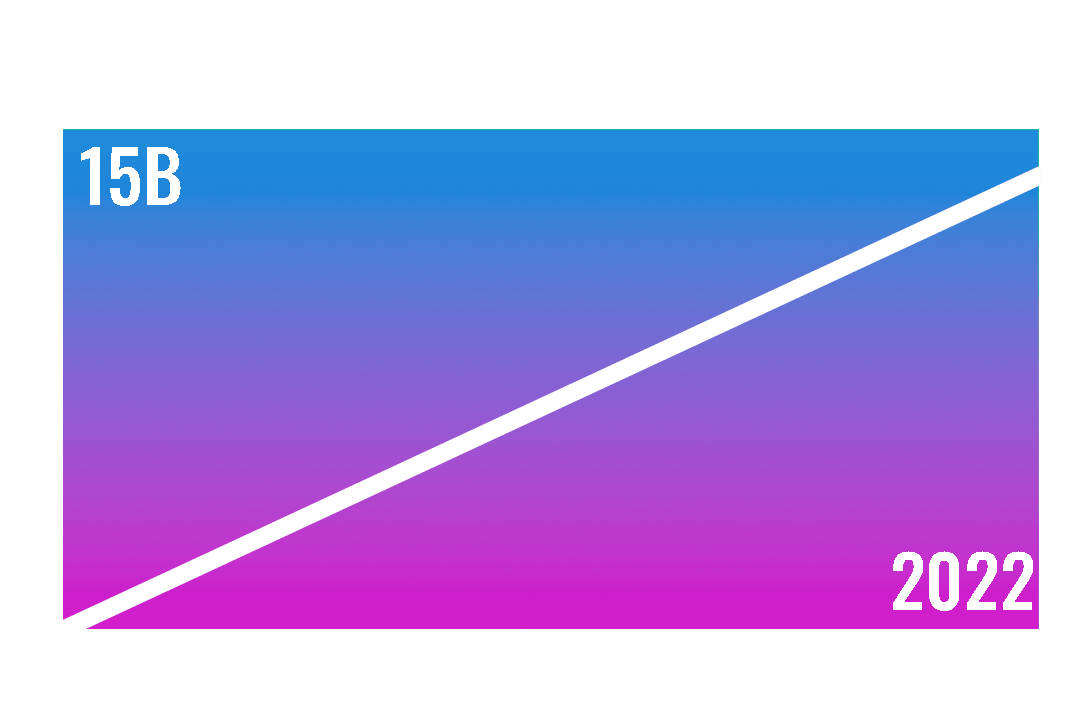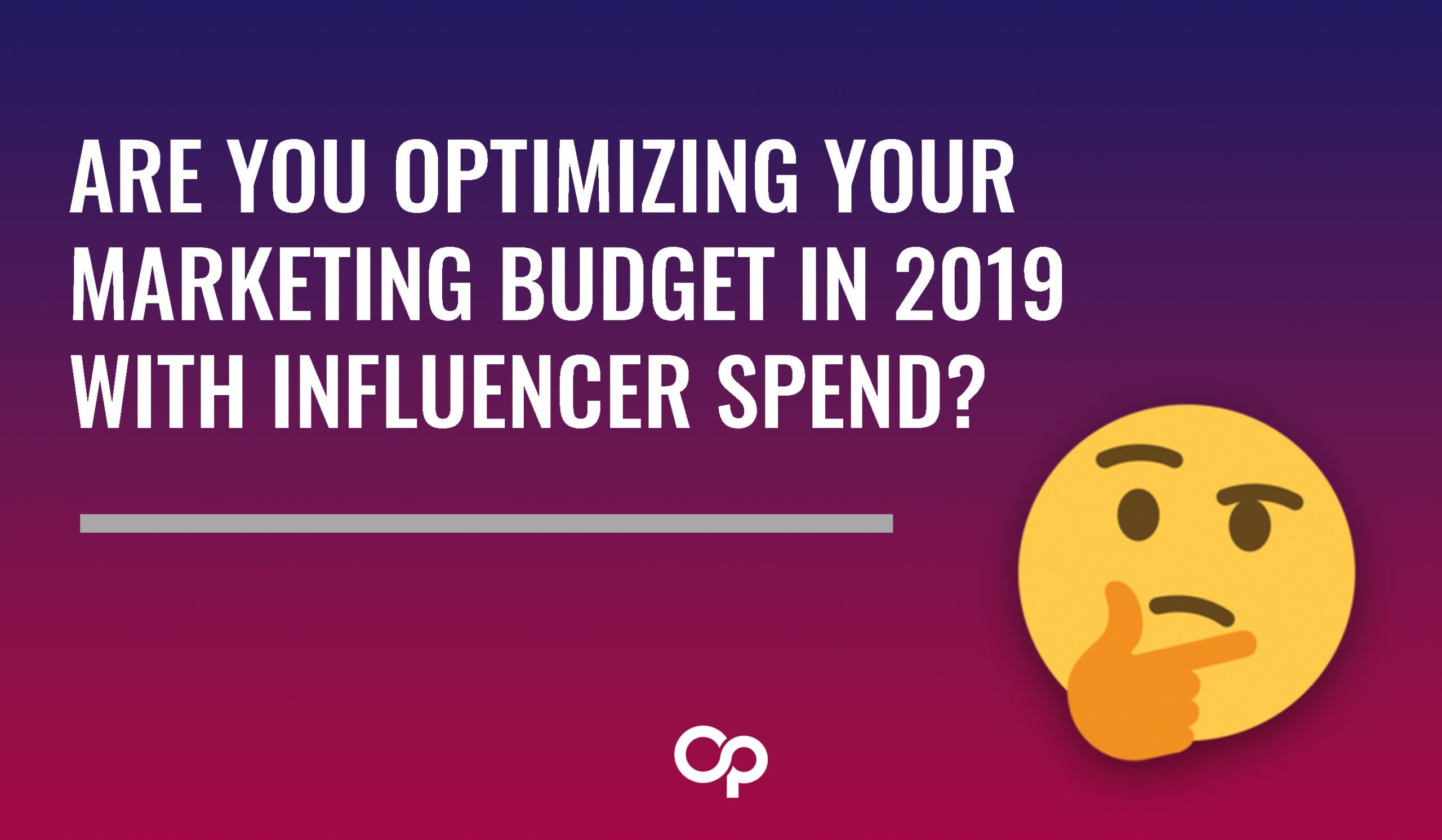As influencer marketing solidifies itself as a dominant force in advertising, organizations have begun better tracking its scope and forecasting its future.
Among a wealth of third-party and corporate studies, there’s a strong consensus that the percentage of marketing budgets dedicated to influencers is growing, fast. It’s estimated that the amount of money spent on influencer marketing companies by 2022 will eclipse $10 billion. That’s an increase in over $2 billion since 2017.
The amount of partnerships are up, influencer earnings are up, and a growing class of micro-influencers can now support themselves while delivering results. There are no signs of slowing down either: 39% of marketers reportedly plan on increasing their budgets for influencers by as much as 40% in the coming years.
Nowhere is this better exemplified than Estée Lauder’s most recent earnings report. The beauty giant, which owns approximately 30% of market share, revealed they spend 75% of their marketing budget on digital strategies, with a great portion of that being targeted at top influencer marketing firms. They explained this impressively heavy investment is a reflection of influencer marketers growing more sophisticated with their targeting – but more importantly, because they’re getting results.
“If you’re a brand and some portion of your marketing budget isn’t directed to working with content creators, it might be time to re-evaluate your budget allocations,” exerts Eric Dahan, CEO and founder of Open Influence, a leading influencer marketing agency in Los Angeles.
A study by Altimeter suggests that brands should allocate at least 25% of their budgets for influencers as the global influencer marketing budget eclipses $15 billion by 2022.

How Influencers Help Brands Make Money
Influencers, especially during times of crisis such as COVID-19 are one important way followers at home can still connect socially with the outside world. Influencers also provide escapism and entertainment which keeps followers – and potential brand buyers – engaged.
In addition, at a time when active production houses have limited ability to coordinate a major ad shoot with large gatherings of performers and crew, influencers opportunities come at a far more reasonable and currently accessible price and timeline for content delivery.
Since most influencers simply use their own equipment they are their own production houses, completely self-contained and ready at an instant to create brand-building content.
It also goes without saying, that the influencer has to have a legit presence with a following built on trust. The influencer must fit with the brand’s sensibility and he or she must convey the brand’s purpose and back story with honesty that will appeal to their followers.
In the world of influencer marketing, brand recognition can not feel like a plug or – worse – endorsement as a money grab.
As brands continue to see results utilizing influencer marketing companies – both in ROI and fostering stronger, more meaningful customer relationships – we can expect this digital marketing trend to continue.
Considering that every year, more users opt in to ad-blocking software, the ability to organically reach audiences via the content creators they love becomes a more obvious choice for reaching the next generation of consumers.






